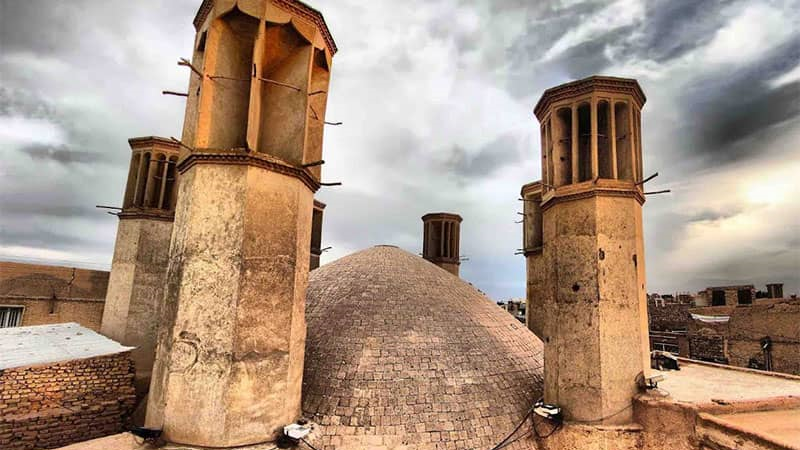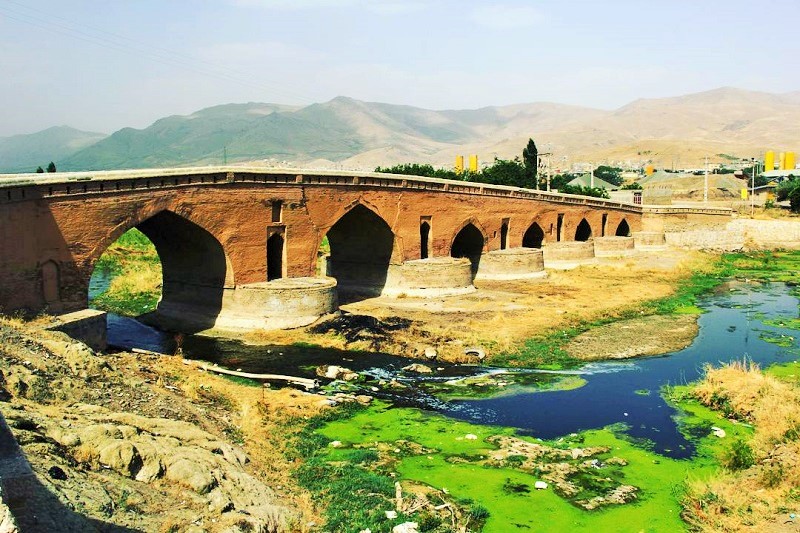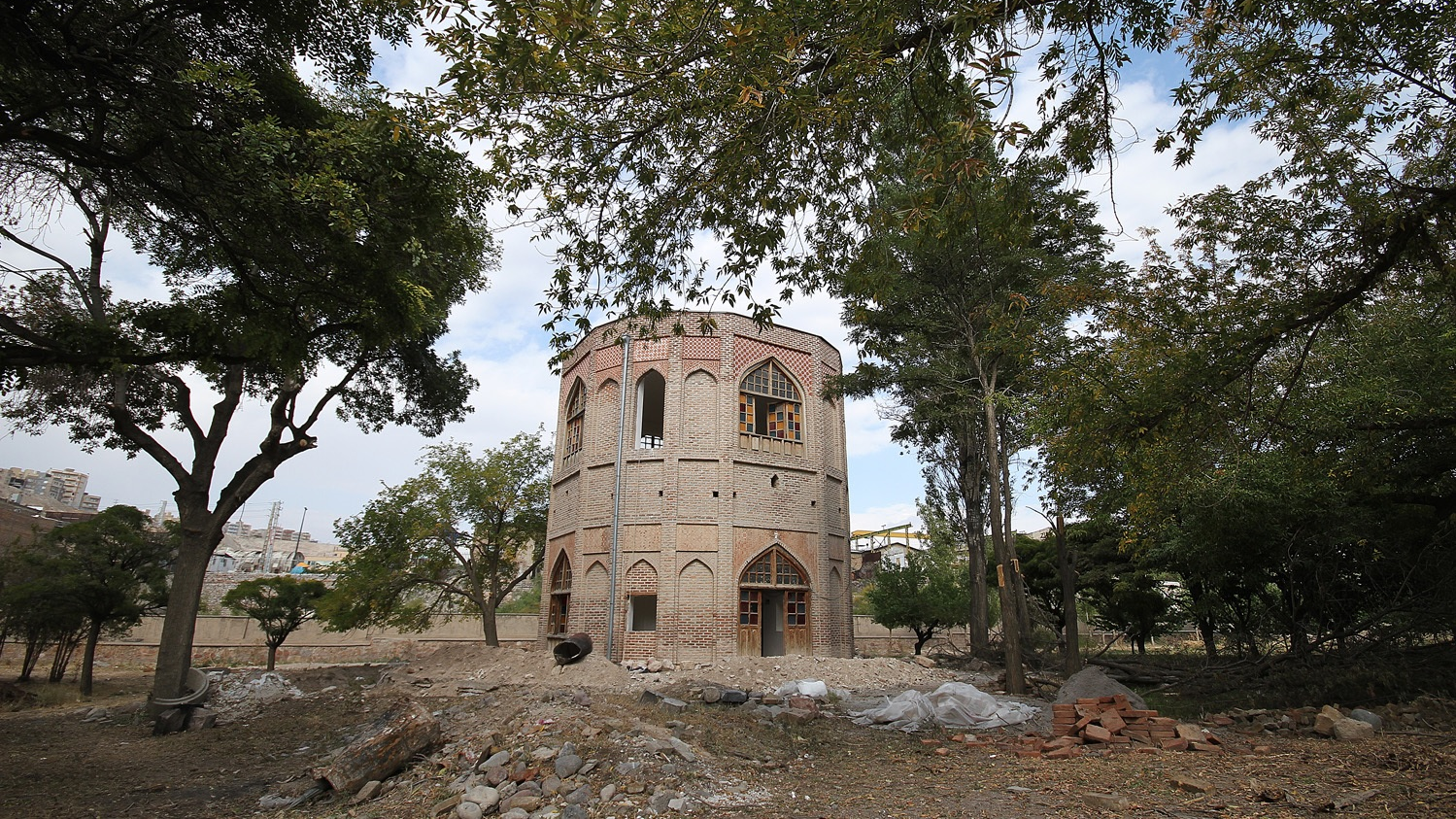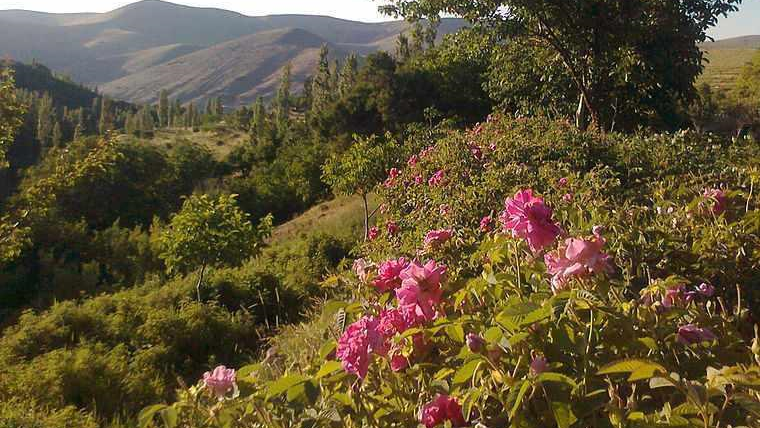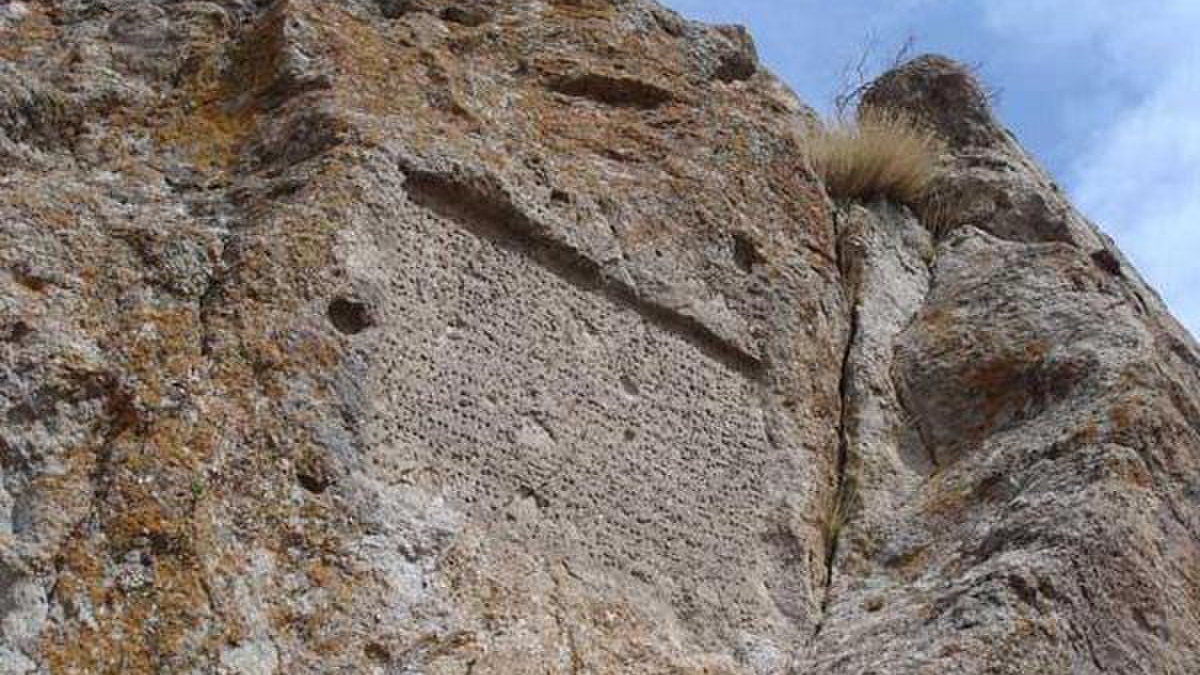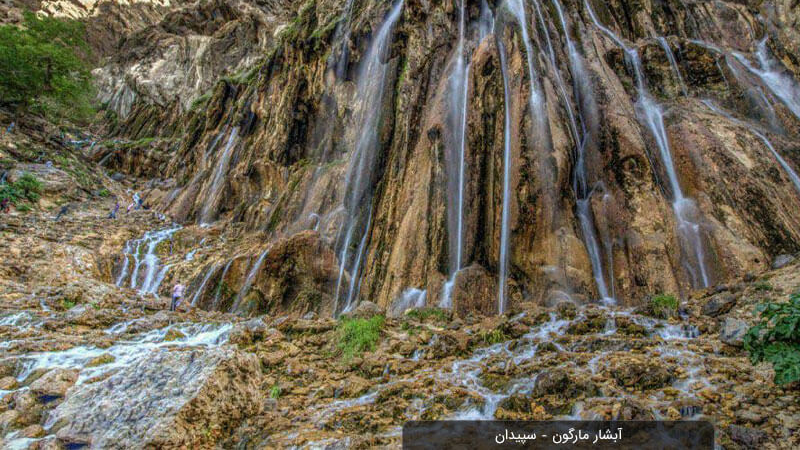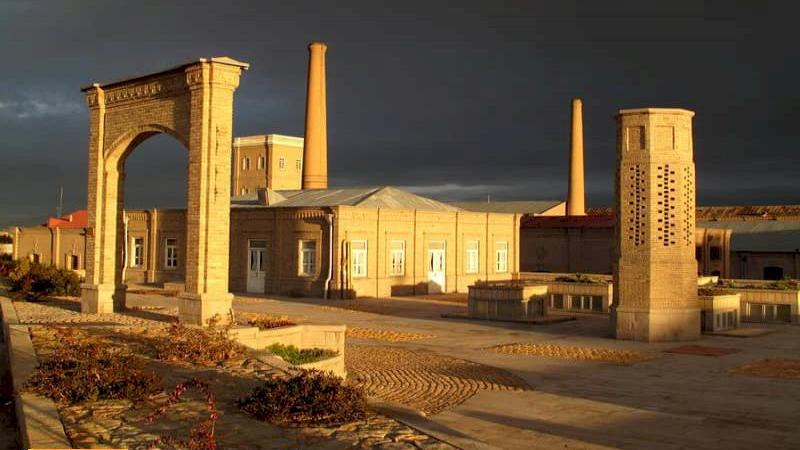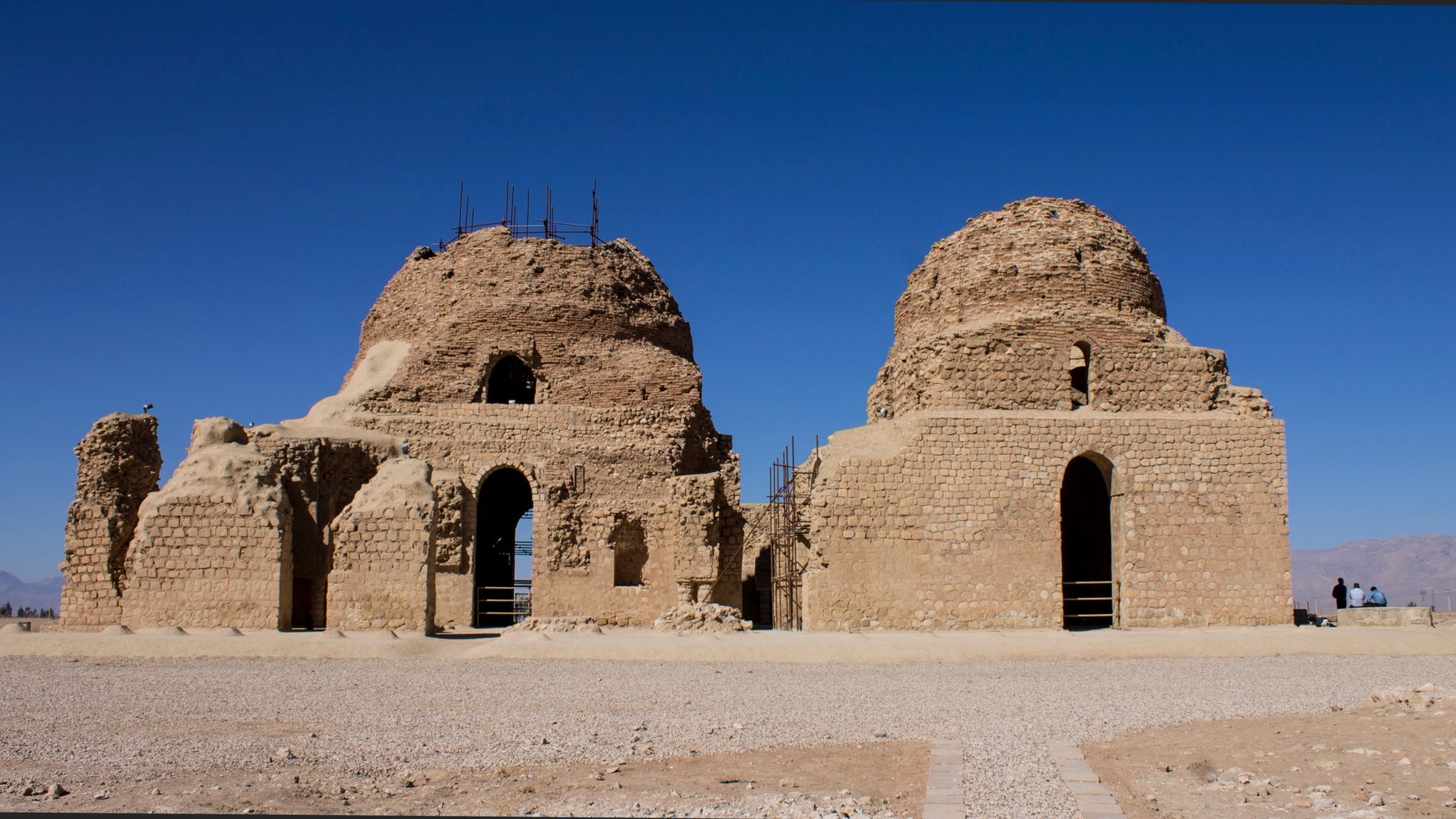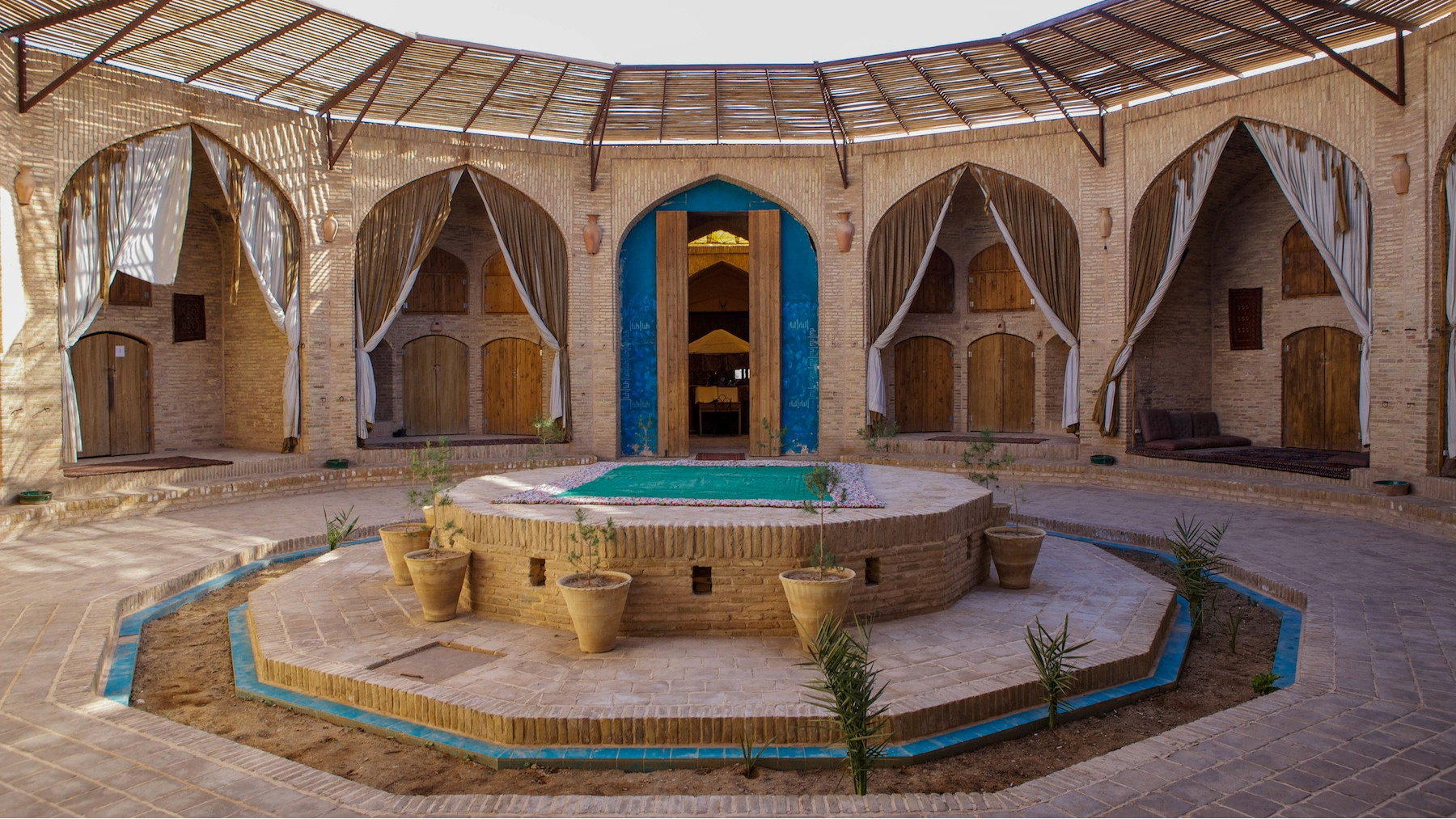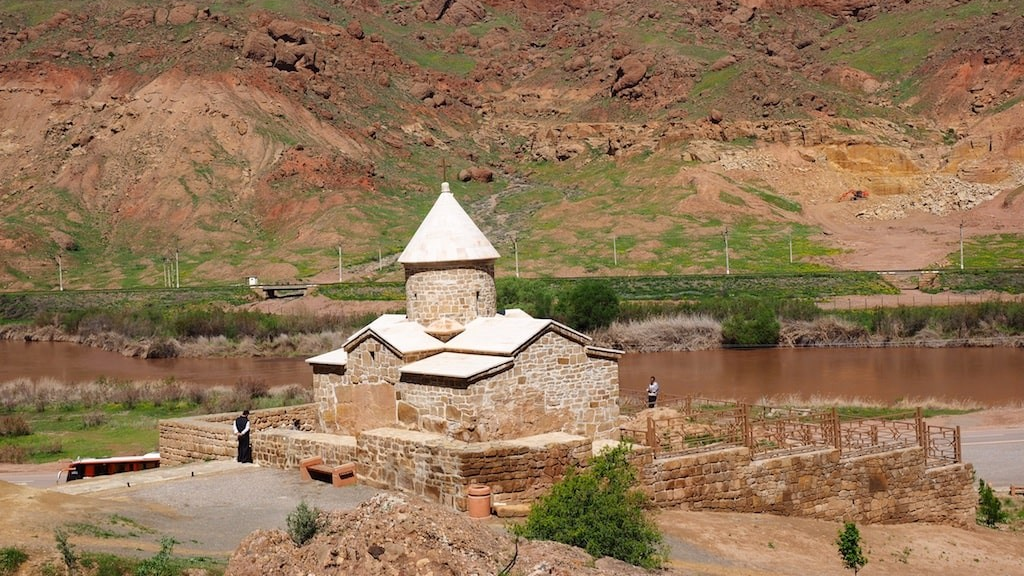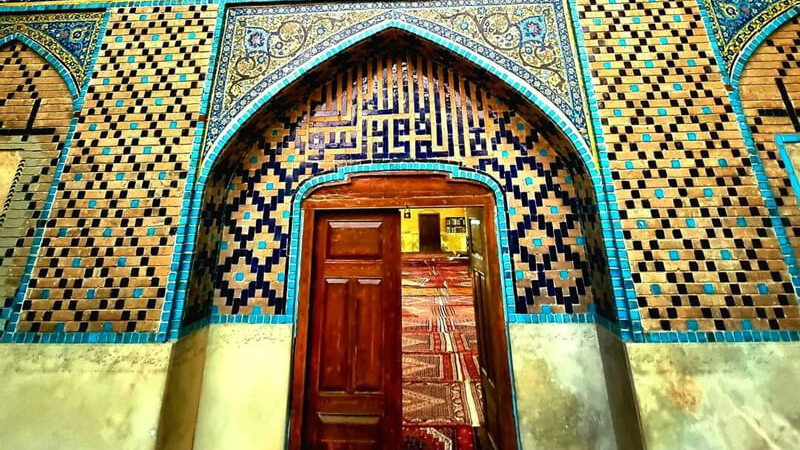
Azar Ju Fire Temple
Owing to its geographical location, Darabgerd was considered an important city during the Sassanid era (224 to 651 AD) and, therefore, several Zoroastrian fire temples were built in it one of which was the Azar Ju Fire Temple some parts of which have survived till date. The fire temple is located 10 km to the west of the ancient city of Darabgerd.
Nomenclature
According to some experts, the name of this fire temple is composed of two words “Azar” meaning fire and “Ju” meaning stream, which was adopted because a stream, no trace of which can be seen today, passed by the side of the temple. There are, however, some others who believe “Azar Ju” means the “city of fire”.
In the book “Muruj al-Dhahab” written by Ali ibn Hossein Masoudi, an Iranian historian and geographer of the 10th century, a story is narrated that indicates this fire temple dates back to the Zoroaster’s era (about a thousand years BC). According to this story, Zoroaster ordered Yestaf Shah to find the sacred fire that Jamshid, the mythical king of Iran, had kindled. Yestaf Shah found that fire in Khwarazm (a vast land that is today on the border of Turkmenistan and Uzbekistan) and transferred it to Fars. Of course, there is no king named "Yestaf" in the history of Iran. Masoudi used the name Gashtasp (Vishtaspa) before introducing Yestaf Shah as the founder of this fire temple. In all probability, the name “Yestaf” was used for Gashtasp, the king of Iran at the time of Zoroaster.
To maintain this fire, Zoroaster established a fire temple and created a city called Darabgerd. This fire temple, which is proof of the prosperity of Darabgerd, has been referred to as “Azar Ju” since 332 AH (943 AD).
Darabgerd was a circular-shaped city and a moat was dug around it to protect it from the enemies. For greater safety, the ditch was filled with water. The mosses that had grown in this ditch prevented the possibility of swimming and passing through it. Until a few decades ago, this ditch was full of water, and birds such as ducks and storks used to rest in it during their migration. The city of Darabgerd is now ruined and its moat has dried up.
Architecture and Geography of Azar Ju Fire Temple
The nearest village to Azar Ju Fire Temple is “Korsia”, which is located one kilometer from the temple. There is a high mountain called “Hafr Siah” (lit. Black Hole) and a natural spring called "Aghlan-Qoz" in front of the fire temple.
The fire temple had been constructed in the form of a Chahartaq (literally meaning “having four arches”), whose construction style is similar to the architecture of the Sassanid era. The quadrangles were mostly built as religious places and were used as fire temples.
This Chahartaq is square-shaped and has been built by using crushed stone and plaster. Decorations of square bricks can be seen in the facade of the fire temple. A relatively thick layer of five centimeters of plaster forms the inner layer of the building. Two stone wells were carved in the heart of the mountain, which were used as water reservoirs for the two mills located below it.
Paintings pertaining to several centuries ago show that the dome of Chahartaq was nearly 12 meters high. It seems that this dome was one of the first domes built in Iran. Due to not being easily accessible, this site has remained rather unknown.
Azar Ju Fire Temple was inscribed on the list of Iran’s national heritage in the year 2006.
It has been recorded that Zoroaster ordered Yestaf Shah to find the sacred fire that Jamshid, the mythical king of Iran, had kindled and he found it in Khwarazm.
| Name | Azar Ju Fire Temple |
| Country | Iran |
| State | Fars |
| City | Darab |
| Type | Historical |
| Registration | National |

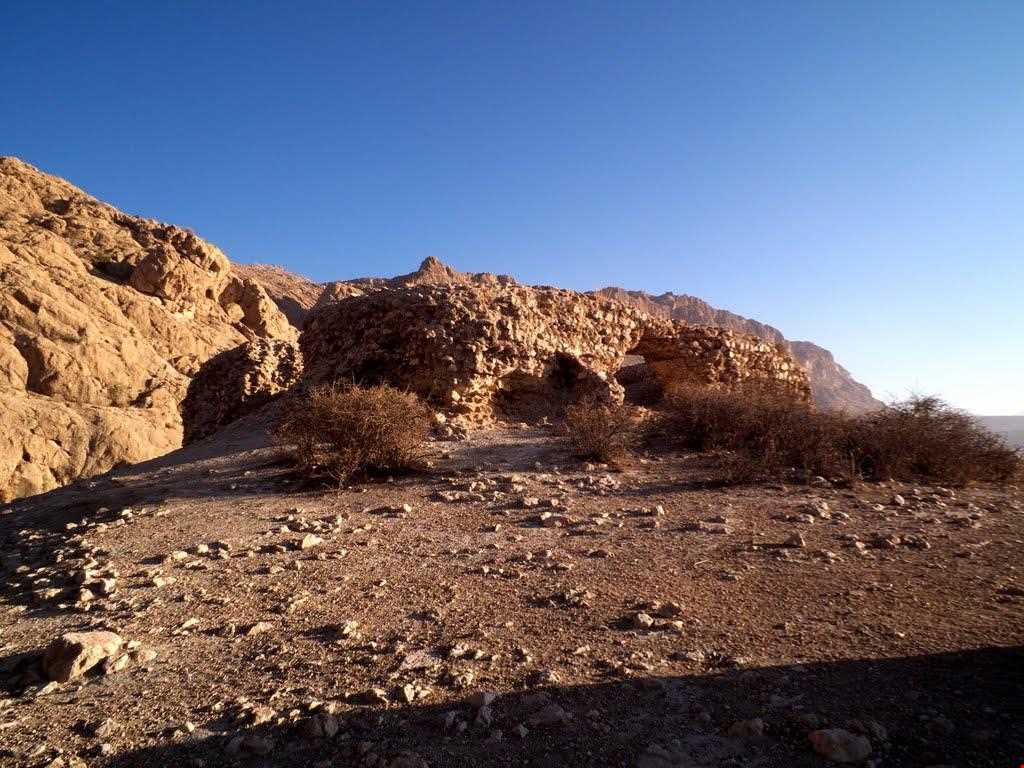
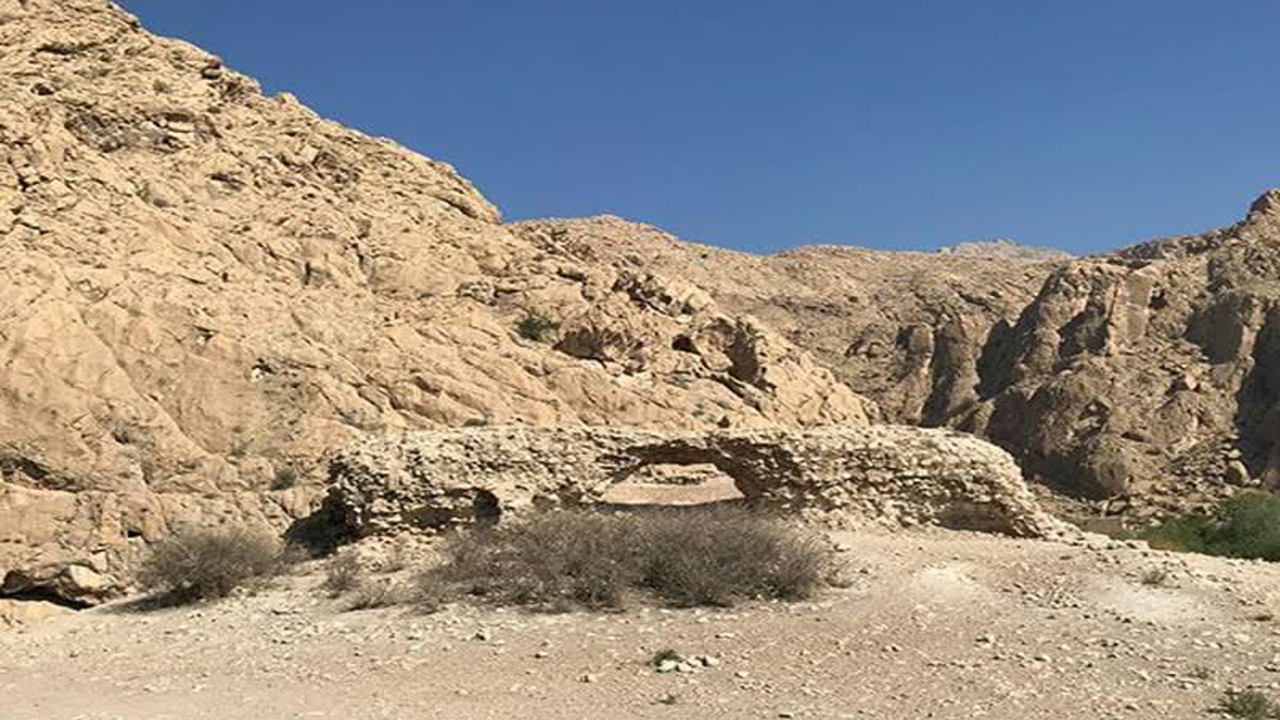



Choose blindless
Red blindless Green blindless Blue blindless Red hard to see Green hard to see Blue hard to see Monochrome Special MonochromeFont size change:
Change word spacing:
Change line height:
Change mouse type:

